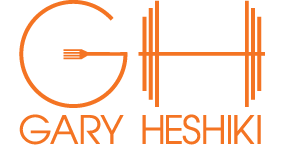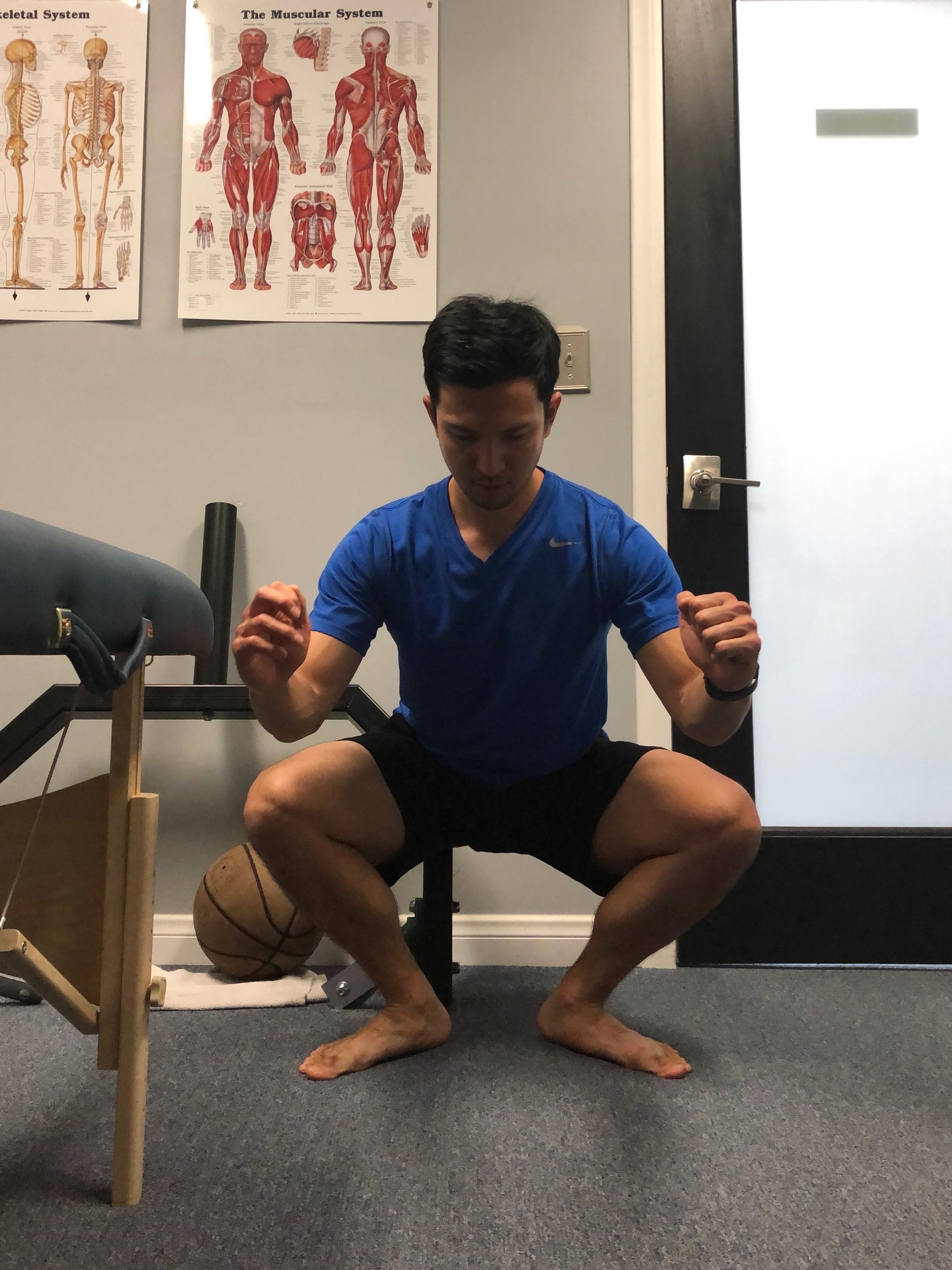Do Your Feet Turn Out When Squatting or Running? (Updated 2024)
You and Your Feet
The foot is most stable when it is straight. When your feet are turned out, the integrity of your foot's arch is not being maintained. The further out you rotate your foot, inherently it tends to get less stable. As you stress out the plantar fascia, the flat connective tissues (ligaments) that connect the heel bone to your toes, the transverse and longitude arch will collapse without external rotation.
(2024: While most of this holds biomechanically, it raises an important question about demands during your activity. Does it matter if you’re increasing physical activity? How about compared to a marathon runner? The demands you ask of your feet will greatly determine how much the “correct” biomechanics matter.)
It is important to keep your feet pointing forward while walking and stable while lifting. If turned out of alignment, the knee and ankle will be open and the hip therefore be unstable. Instability can lead to hip, knee, or ankle problems or even skeletal issues like bunions or chronic knee and/or back pain.
(2024: Goes back to the first new point, task dependent. If you’re lifting 300lbs versus picking up a 3lbs box, these little “malalignments” matter less the lighter the load. In general, the question I ask is, can you do both? In reality, the inability to do one likely matters means more to our health in the long run.)
Hips or Feet?
Is the root of the issue coming from your hips or feet being turned out? A simple test can be performed by looking at the single-leg squat.
Set up a camera straight on
Stand on one leg and drop into a single leg squat.
Repeat on the other side.
Start by looking if any knee rotation occurs in or out but your feet appear relatively set. If so, the problem may be coming from your hips.
Do your knees remain stable, but your foot rotates in or out? Then it’s likely due to your feet.
Possibilities also include poor motor control, tight calves or an issue with your anterior tibialis (the muscle next to your shin).
The majority of cases I work with have exhibit some combination of the two.
(2024: All of that Is still solid advice in assessing the feet from the hips during an activity with increased stability demands.)
The Good News
The good news is that you can fix muscular imbalances and improve subsequent motor control discrepancies.
Walking
The most common way doctors choose to remedy this problem is with the use of orthotics. They artificially create stability through the feet, which works great until you have to shell out a good chunk of change for a new pair. An expensive solution to a problem that can be remedied by training the intrinsic foot muscles and improving internal hip rotation.
(2024: I am doubling down on the idea that too many doctors will refer to podiatry over consulting with a PT. This leads a patient down the rabbit hole of custom orthotics when in many cases, it could be resolved with intrinsic foot muscle strength work.)
Below is a whole post I created on Instagram around the topic:
It’s All in the Hips
Practice standing, walking, and running with neutral feet. People watching in public places and see who walks/runs neutral and who has funky movement. If you can spot the error in others than you will be more cognizant of your own movements. In most cases, being aware of the issue is more than half the battle.
Organizing our feet is easier if you are in a braced position as well.
(2024: ehh….okay there were a lot of nocebo statements made back when I wrote this originally. Primarily the idea that you can have a wide range of walking and running gait WITHOUT any pain. IF you develop pain, then we understand there might be a link loose in the chain. Otherwise, until there is some kind of reason to address anything, buyer beware when being told your position is why you’re in pain. Pain is far too complex to reduce it down to one singular cause.)
1. Being Aware of Your Balance
A few key components to achieve a neutral resting position (balanced posture) are the following:
1) Engage your glutes (pelvis rotates posteriorly)
2) Engage your abs (ribs rotate downward)
3) Move your shoulders back and down (palms should be touching the side of your legs with thumbs pointing forward)
4) Tuck your chin backward (like a turtle retracting its head back into the shell or double-chin)
5) Weight distribution (tripod positioning, heel, ball of the foot and outside of the foot)Internal hip rotators
Tension is held in the following: Calf complex, fibularis complex, bottom of feet.
Strength of: TFL, glute medius, glute minimus.
(2024: This is still gold, especially being aware that your ribs rotate in conjunction with your breathing mechanics. I will be exploring this further with more PRI studies)
Keep in mind there is no perfect posture, the best one is a changing one.
(2024: 1000% doubling down here, the best posture is the next one you take on)
2) Strengthening the Hips
My favorite movement to use is the RNT split squat. It works to train both hip and foot muscles in one movement.
Place a band around your knee and have it pull you INTO collapse which will force the muscles to engage harder and thus help groove the motor pattern. You can load it with a dumbbell or kettlebell in a goblet position at chest level for added resistance.
(2024: I still love these for individuals when they have poor spatial awareness during movement. Believe it or not, some people are unaware that they are allowing extraneous movement when they didn’t intend on it.)
Clamshells are a great exercise, big coaching cue is to make sure you aren’t rocking backwards as your open the hips. Think about keeping the hips stacked on top of each other.
Glute bridge variants are fantastic, you can start with the basic two legged bridge and progress to a single leg version, before trying things like marching or incorporating sliders.
Improve general glute strength (single leg work like the RNT split squat, clamshells, Glute bridges)
Strength in plantar muscles
Strengthen dorsiflexion (mainly the anterior tibialis, your shin muscle)
3) Begin Mobilizing and Incorporating gait patterning
Single Leg RDL: Fantastic movement to train the hip in multiple planes of motion. Problem? It’s usually too hard on balance and subsequently a lack of tension in the right places.
(2024: Fun fact, the single leg RDL has one of the highest glute med EMG activation patterns. You can take that and run with it however you’d like.)
Here I’m performing a TRX assist SLRDL where you hinge back, and reach with your arms and hands forward and back. As you go further, you can spread the arms to widen your balance.
Seated 90/90 mobilizations: The full movement might be too difficult for some, you can work on the 90-90 shifts first
(2024: I disagree with this so much, that I am striking it through. Primarily as it disregards a larger point: can your hips even do this? What happens then is a person seeing this, trying to mimic the position instead of trying to understand the larger issue at hand which is the ability to feel proper motion from the correct areas of their hips)
Split stance kneeling adductor mobilizations: Good adductor length is important in maintaining good balance during lower body strength exercises. While it may not directly influence hip and foot dynamics, it can still have an indirect negative effect.
(2024: While I agree with my younger self here, adductor STRENGTH likely matters more than the mobility of your groin area. If you strengthen your adductors at both lengths, it will have a greater carryover to other activities all while increasing your mobility.)
Good ankle dorsiflexion: here is a whole post I made about this before.
First about good foot balance
Ankle PAILs and RAILs
Start by placing the ankle in as deep of dorsiflexion as possible. Then relax for at minimum 1 minute
Then start by contracting down towards the floor for 10 seconds as hard as you can manage (PAILs)
Immediately without changing positions, try to pull your foot up towards your shin. Even if no movement occurs, continue pulling. It’s all about intent (RAILs)
Then relax into the new end range and repeat 2 more times. You can begin the PAILs contraction once you feel like the tissues have “relaxed”
2024: Ultimately, a lot of this still holds true but I would approach changing anything with some trepidation. Not everyone needs “fixing”, in general the rule of thumb needs to be when there is no problem being reported, don’t go out searching for one. And run the other way if you’re being sold that there is.


